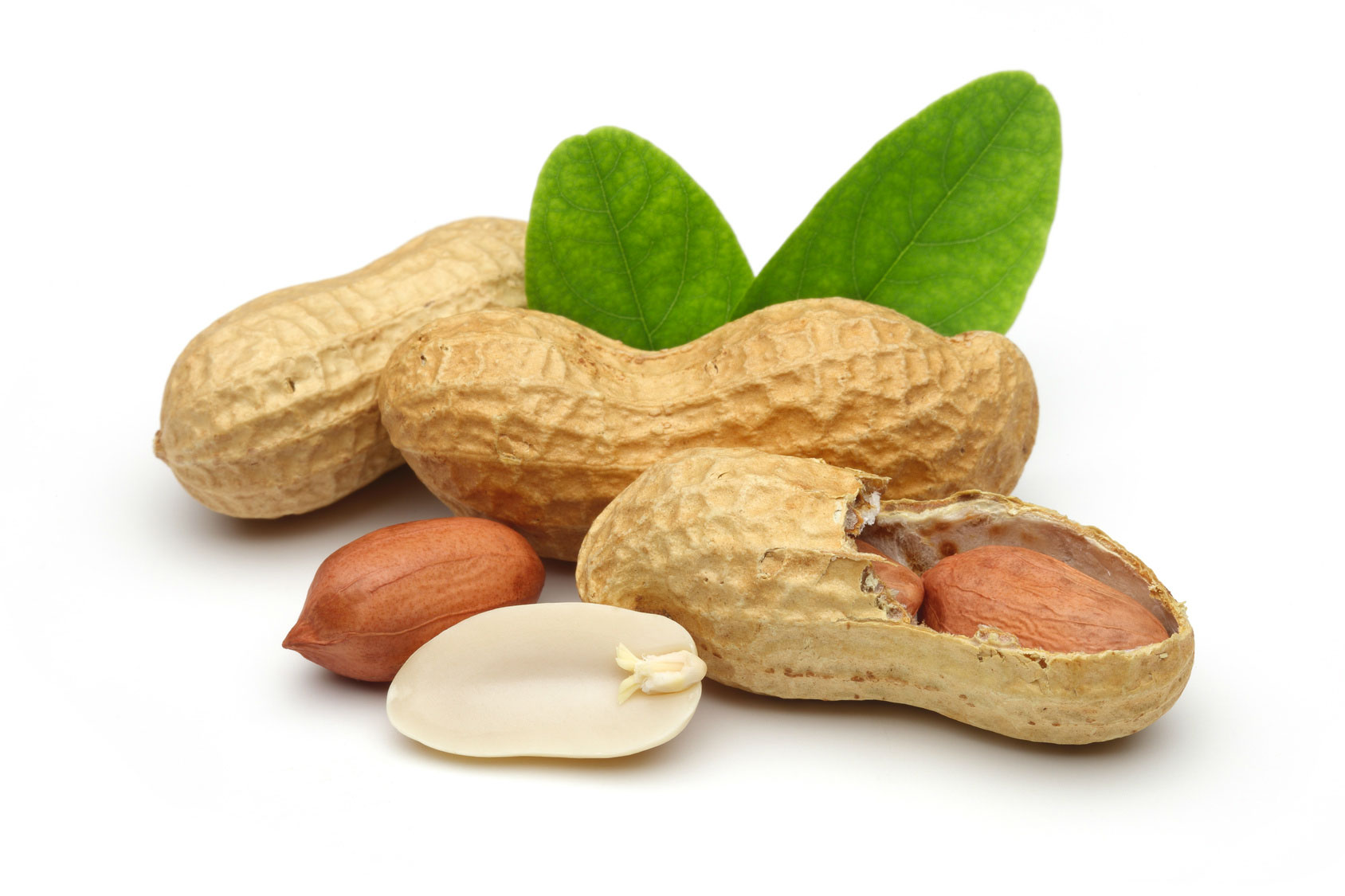No products in the basket.

Origins
Nowadays it seems accepted that the peanut comes from South America and more particularly from Peru. Archaeological research shows that since pottery was practiced in South America, nearly 1500 years B. C., peanut-shaped pots or jars decorated with elements representing peanuts were crafted. In addition, tombs of ancient Incas have been discovered surrounded by jars filled with peanuts to serve as food for them in the afterlife.
Finally, the name peanut, given to the plant by the Spaniards, comes from the word “cacouatl” derived from the ancient Nahuatl language of the Indians of Mexico conquered between 1519 and 1521 by Hernan Cortes for the Spanish crown. It is reported that cacouatl referred to the cocoa seed that Mexicans used as a bargaining chip and that tlalcacouatl (earth cocoa) was the name of the peanut seed eaten after roasting like cocoa.
Peanuts were brought back and cultivated in Spain. Portuguese merchants settled in Brazil and on the coasts of Guinea in West Africa made it known and cultivated peanuts as early as 1550.. It was also the Portuguese who introduced peanuts to China during the Ming Dynasty (1368-1644) mainly in Fujian. Peanut cultivation would then probably have spread to India from there.

Peanut consumption in France from 2012 to 2016
(in tons)
No Data Found

Peanut consumption
Usually eaten as an aperitif, the peanut has a reputation for being too fatty (and too salty) and therefore too caloric.
However, the peanut has an interesting nutritional value since it contains both good fats (mono and polyunsaturated, cardioprotective), protein in beneficial quantities, minerals and oligo-elements (zinc, magnesium, manganese, copper, potassium, iron), vitamins (E and B6) and antioxidants in large quantities.
For children, peanut seeds should be prohibited (to prevent choking). However, it can be recommended – just like the other nuts – as soon as diverse food are introduced into the child’s diet in order to accustom their body and avoid risks of future allergies.
For adults, as with all other caloric foods, peanut intake should be moderate and combined with a healthy diet.

In 2018, world peanut consumption amounted to approximately 42.6 million tonnes, making them the most consumed nut in the world.
World nuts consumption in 2018
type, in thousands of tonnes
No Data Found